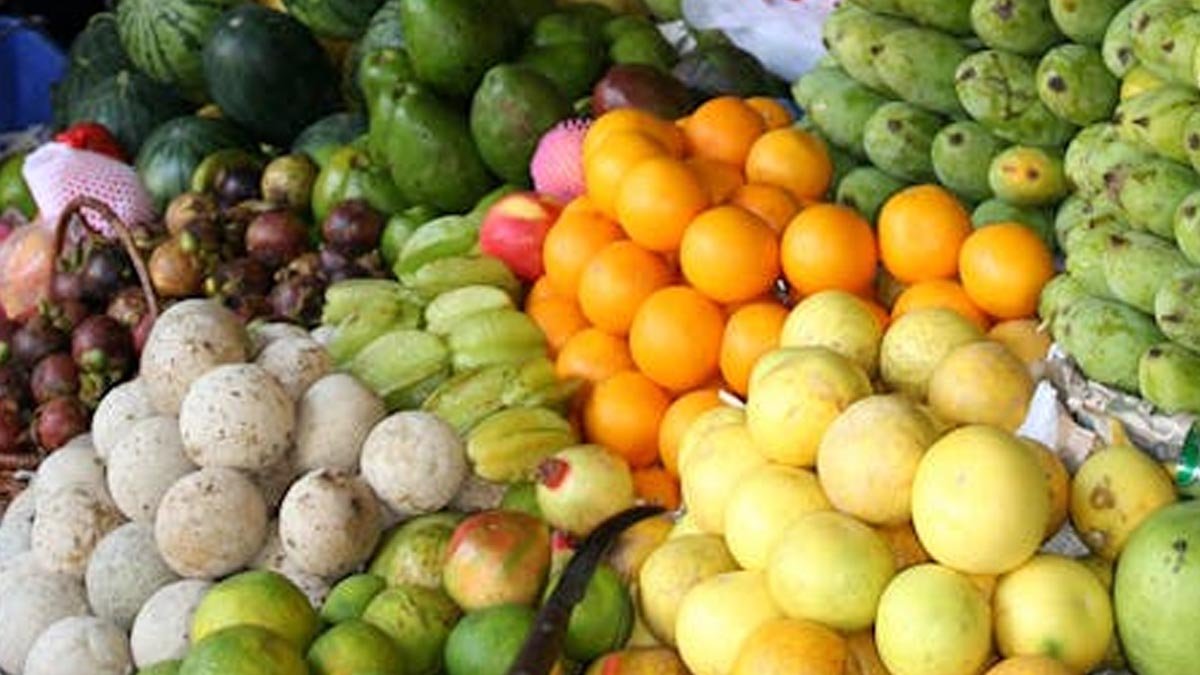PALMOILMAGAZINE, SOUTH TANGERANG – Post-harvest technology innovations utilizing local resources continue to advance, enhancing the competitiveness of national agro-industrial products. Senior Researcher at the Agroindustry Research Center, Agricultural and Food Research Organization (OR PP) of the National Research and Innovation Agency (BRIN), Ali Asgar, highlighted various breakthroughs that extend the freshness of agricultural products while promoting eco-friendly industries.
During the Agroinfuture #9 Webinar, titled “Innovative Post-Harvest Technology Solutions for Modern Agroindustry” on Thursday (27/2), Ali introduced palm-derived glossy coating technology. This innovation effectively extends the shelf life of fruits while ensuring food safety. Additionally, biogenic silica nanoparticles derived from palm oil boiler ash can be used to manufacture rubber foam and solid soles for eco-friendly footwear (biosneakers). “Our research findings have met the requirements for sustainable fashion footwear,” Ali stated, as reported by Palmoilmagazine.com from BRIN’s official website on Monday (3/3/2025).
Ali further explained that post-harvest innovations encompass processing, packaging, transportation, distribution, storage, and modern drying techniques. Automation and efficiency improvements, including the use of automated sorting and separation machines, are central to post-harvest processing. Meanwhile, wax coating techniques in Packing Houses help reduce moisture loss, extend shelf life, and protect products from damage.
Also Read: PT SMART Tbk and USU Host Talk Show on the Future of the Palm Oil Industry
Modern storage technology aims to maintain product quality and freshness, extend shelf life, and stabilize prices. “Cold storage warehouses or refrigeration systems utilize temperature and humidity controls, as well as tracking technology, to ensure product quality,” Ali added.
For drying processes, the instor drying method helps reduce damage to products like shallots, while smart drying is utilized for medicinal raw materials. Vacuum frying technology has also been introduced as a solution for producing high-quality potato chips.
Puji Lestari, Head of OR PP BRIN, emphasized the strategic role of post-harvest innovations in enhancing agro-industrial competitiveness and supporting national food security. “Post-harvest technology plays a crucial role in ensuring efficiency and product quality, from processing to distribution,” she stated, stressing the need for collaboration between research institutions, government, and private sectors to foster a sustainable innovation ecosystem.
Echoing this sentiment, Taufik Hidayat, Head of the Agroindustry Research Center at BRIN, underscored the importance of post-harvest technology in supporting food self-sufficiency. “By adopting post-harvest technology, commodity shelf life can be extended, quality improved, and added value increased,” he said. He hopes that these research findings will be widely implemented to enhance the welfare of farmers and agro-industrial players.
With these innovations, post-harvest technology is expected to boost productivity and sustainability in the agro-industrial sector, addressing future food security challenges. (P2)
